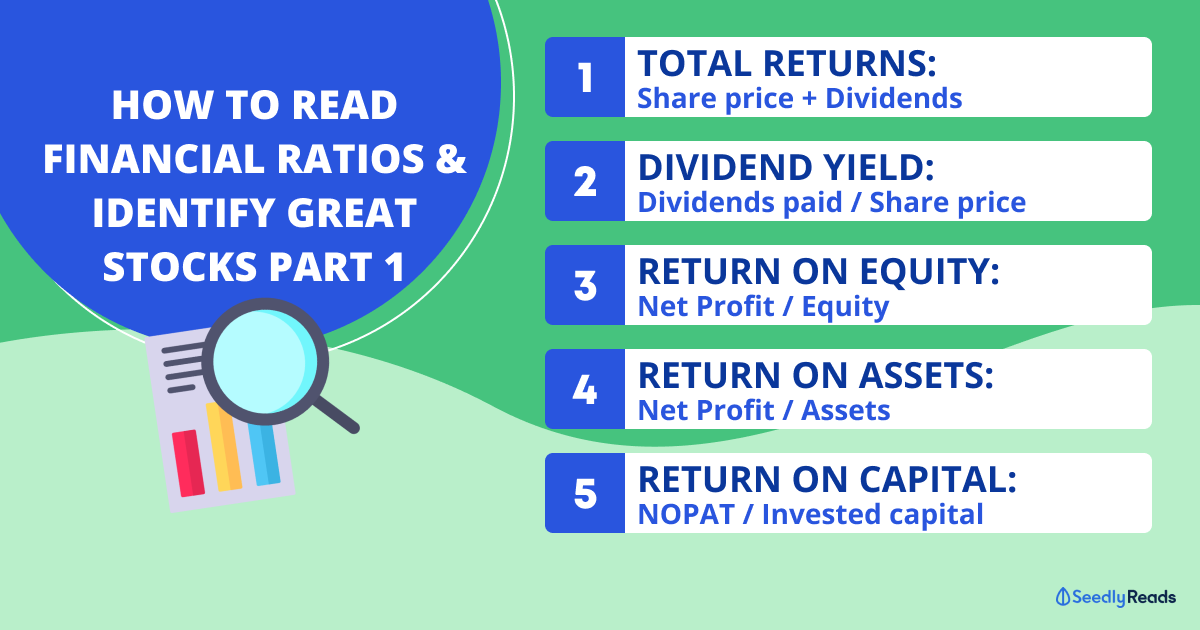
Not quite sure what you mean, but I assume you are referring to scrubbing?
I have seen this happening too, when analysts use this method to remove certain line items when doing valuation of certain businesses. From what I have read, they seem to take out a few line items such as, one-time charges and extraordinary items.
A good example of this could be one-time gains or losses due to disposals of property, plant and equipment, or sale and divesture of certain business units. Another common example is the removal of litigation gains or losses. There are a few reasons why these items are removed. Unrealised gains and losses, foreign currency translations and gains and losses from derivative assets may be taken out. Changes due to accounting policies and structures can also occur, which tends to affect net profit, but does not really reflect any changes in the company's business activities.
Firstly, they help investors to measure what is the real operating capacity and strength of the company. For example, litigation is often a one-off thing, and either party tends to win or lose big. But the consequences of such activities are usually one-off, and they may not reflect how profitable or strong the company is in cutting expenditure.
Secondly, they allow comparisons with other companies. Relative valuation usually compares the different financials of similar companies to reach a valuation on the company. These items are usually scrubbed out so that a proper comparison can be made between the different companies since these items may only be specific to on business.
But a caveat to this is that for some companies, such items could be recurring. For example, SIA consistently has got gains and losses from disposal of their planes, and so these items should be scrubbed out since they seem to represent the core business of SIA. For pharmaceutical companies, litigation is also quite common, and the ability to gain from litigation and prevent losses from litigation might be considered core to their business.








Not quite sure what you mean, but I assume you are referring to scrubbing?
I have seen this happening too, when analysts use this method to remove certain line items when doing valuation of certain businesses. From what I have read, they seem to take out a few line items such as, one-time charges and extraordinary items.
A good example of this could be one-time gains or losses due to disposals of property, plant and equipment, or sale and divesture of certain business units. Another common example is the removal of litigation gains or losses. There are a few reasons why these items are removed. Unrealised gains and losses, foreign currency translations and gains and losses from derivative assets may be taken out. Changes due to accounting policies and structures can also occur, which tends to affect net profit, but does not really reflect any changes in the company's business activities.
Firstly, they help investors to measure what is the real operating capacity and strength of the company. For example, litigation is often a one-off thing, and either party tends to win or lose big. But the consequences of such activities are usually one-off, and they may not reflect how profitable or strong the company is in cutting expenditure.
Secondly, they allow comparisons with other companies. Relative valuation usually compares the different financials of similar companies to reach a valuation on the company. These items are usually scrubbed out so that a proper comparison can be made between the different companies since these items may only be specific to on business.
But a caveat to this is that for some companies, such items could be recurring. For example, SIA consistently has got gains and losses from disposal of their planes, and so these items should be scrubbed out since they seem to represent the core business of SIA. For pharmaceutical companies, litigation is also quite common, and the ability to gain from litigation and prevent losses from litigation might be considered core to their business.